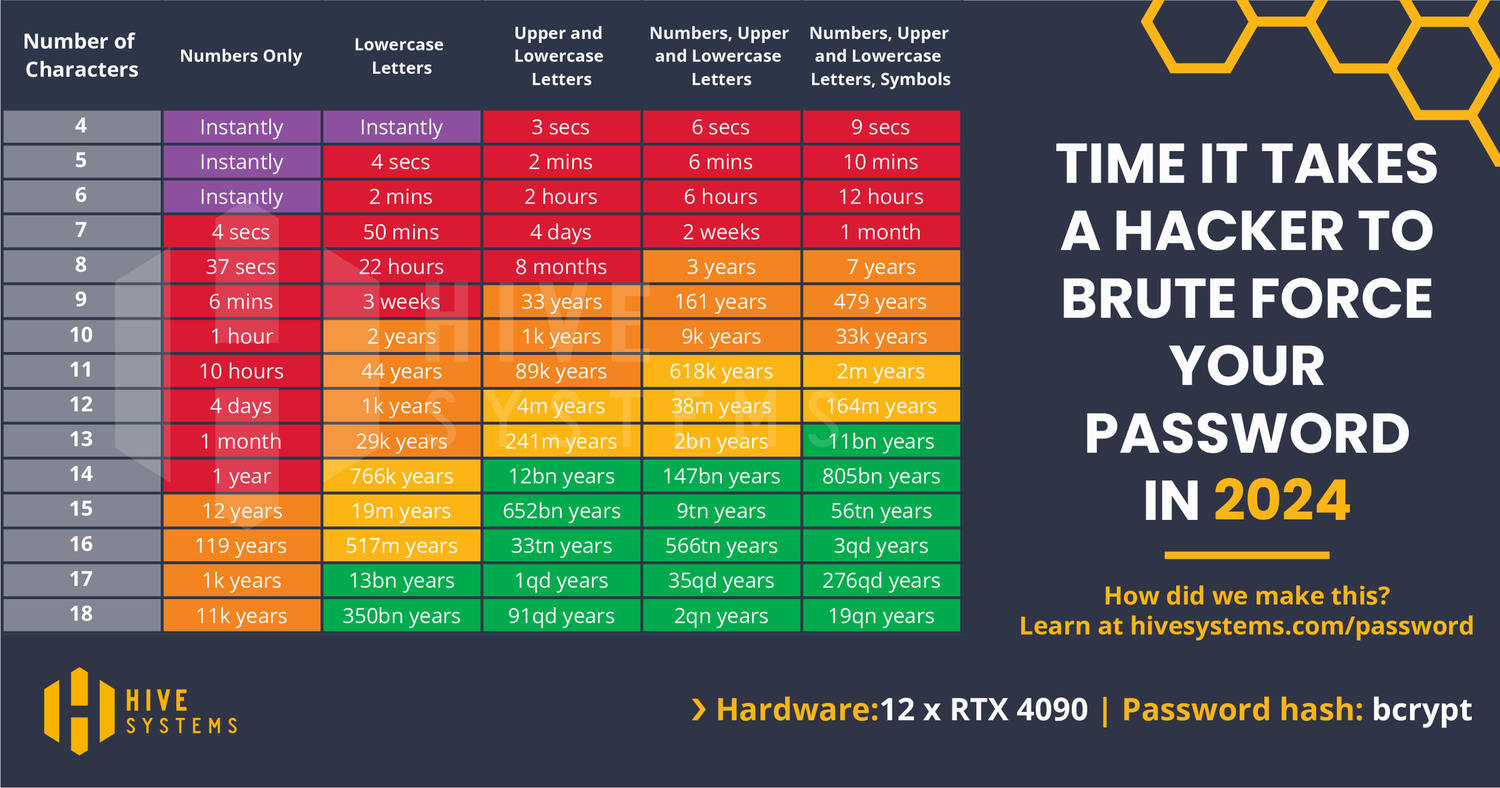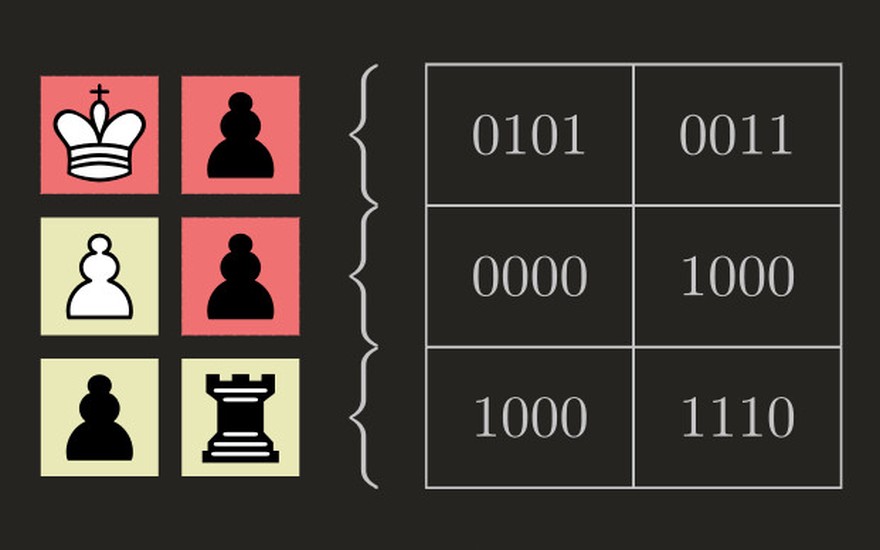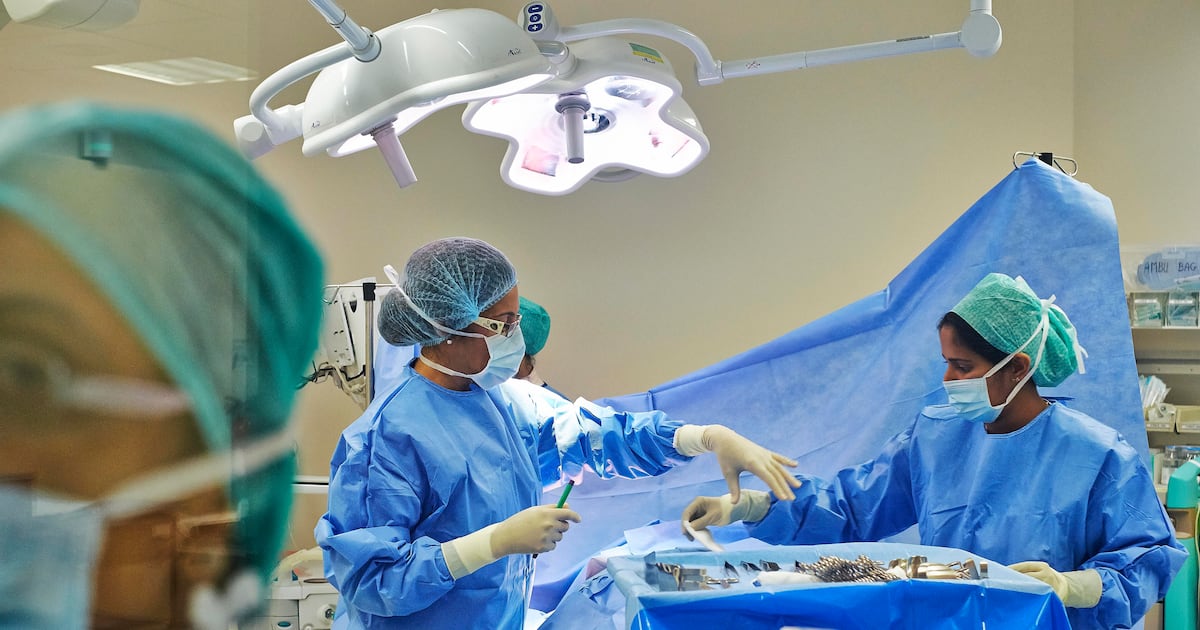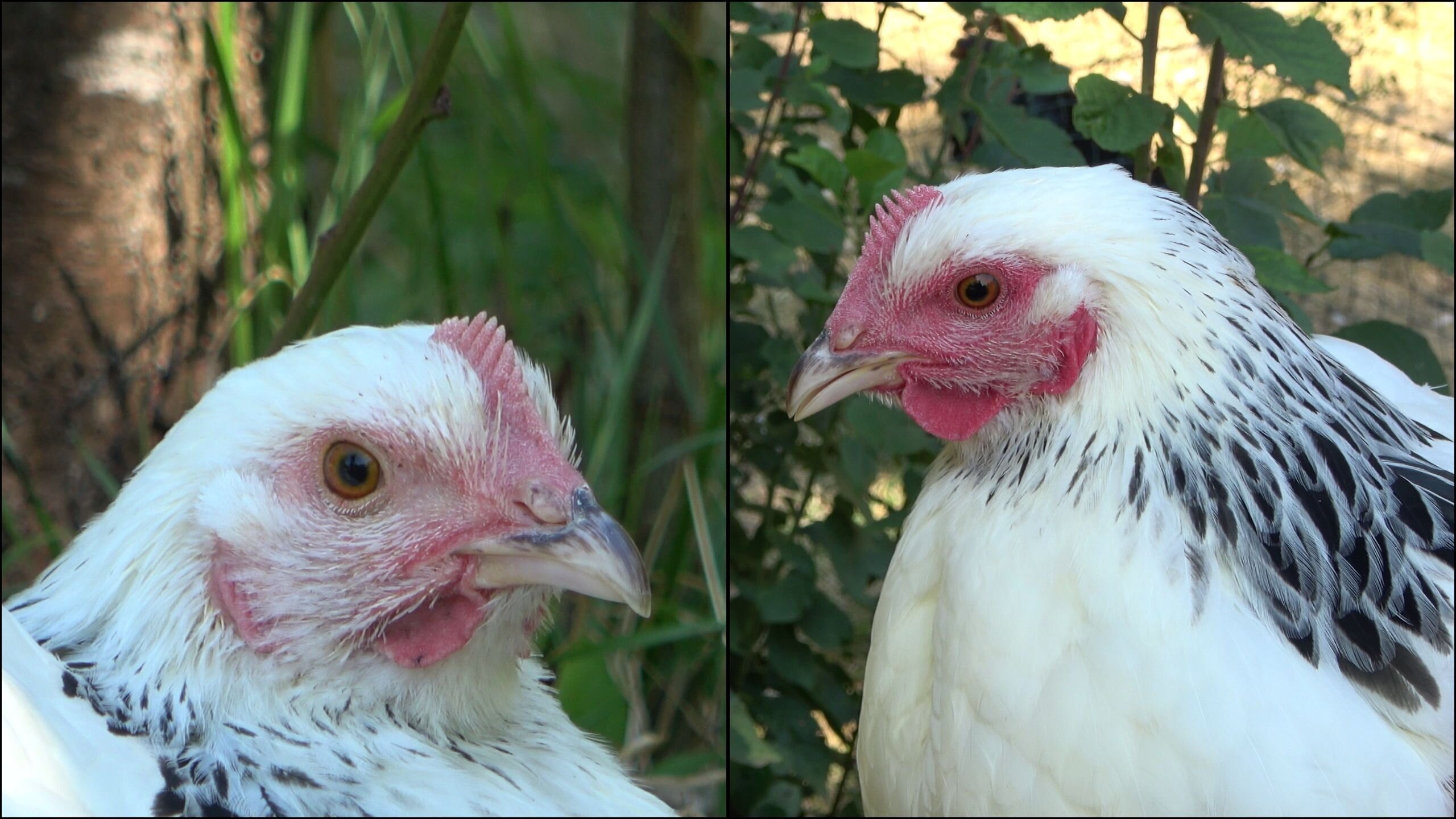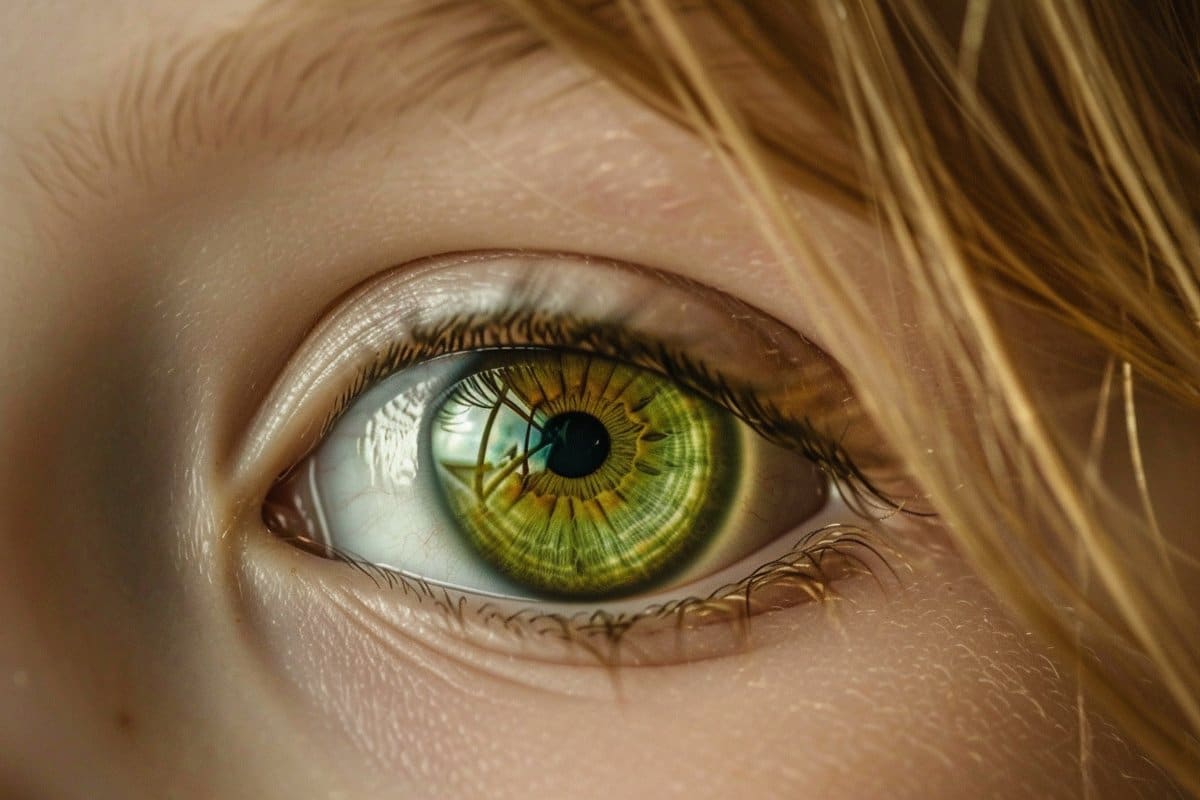![Unit 731 - Wikipedia Unit 731 (Japanese: 731部隊 , Hepburn: Nana-san-ichi Butai) ,[note 1] short for Manshu Detachment 731 and also known as Kamo Detachment,[](https://upload.wikimedia.org/wikipedia/commons/b/bc/Unit_731_-_Complex.jpg)
Unit 731 - Wikipedia
Unit 731 (Japanese: 731部隊 , Hepburn: Nana-san-ichi Butai) ,[note 1] short for Manshu Detachment 731 and also known as Kamo Detachment,[3]: 198 and Ishii Unit,[5] was a covert biological and chemical warfare research and development unit of the Imperial Japanese Army that undertook lethal human experimentation during the Second Sino-Japanese War (1937–1945) of World War II. It was responsible for some of the most notorious war crimes carried out by Imperial Japan. Unit 731 was based at the Pingfang district of Harbin, the largest city in the Japanese puppet state of Manchukuo (now Northeast China), and had active branch offices throughout China and Southeast Asia.
It was officially known as the Epidemic Prevention and Water Purification Department of the Kwantung Army (関東軍防疫給水部本部 , Kantōgun Bōeki Kyūsuibu Honbu) . Originally set up under the Kenpeitai military police of the Empire of Japan, Unit 731 was taken over and commanded until the end of the war by General Shirō Ishii, a combat medic officer in the Kwantung Army. The facility itself was built in 1935 as a replacement for the Zhongma Fortress, and to expand the capabilities for Ishii and his team. The program received generous support from the Japanese government up to the end of the war in 1945. Unit 731 and the other units of the Epidemic Prevention and Water Purification Department were biological weapon production, testing, deployment and storage facilities. They routinely conducted tests on human beings (who were referred to internally as "logs"). Additionally, the biological weapons were tested in the field on cities and towns in China. Estimates of those killed by Unit 731 and its related programs range up to half a million people.
The researchers in Unit 731 were secretly given immunity by the United States in exchange for the data they gathered through human experimentation.[6] Other researchers that the Soviet forces managed to arrest first were tried at the Khabarovsk War Crime Trials in 1949. The Americans did not try the researchers so that the information and experience gained in bio-weapons could be co-opted into their biological warfare program, much as they had done with German researchers in Operation Paperclip.[7] On 6 May 1947, Douglas MacArthur, as Supreme Commander of the Allied Forces, wrote to Washington that "additional data, possibly some statements from Ishii, can probably be obtained by informing Japanese involved that information will be retained in intelligence channels and will not be employed as war crimes evidence".[6] Victim accounts were then largely ignored or dismissed in the West as communist propaganda.[8]
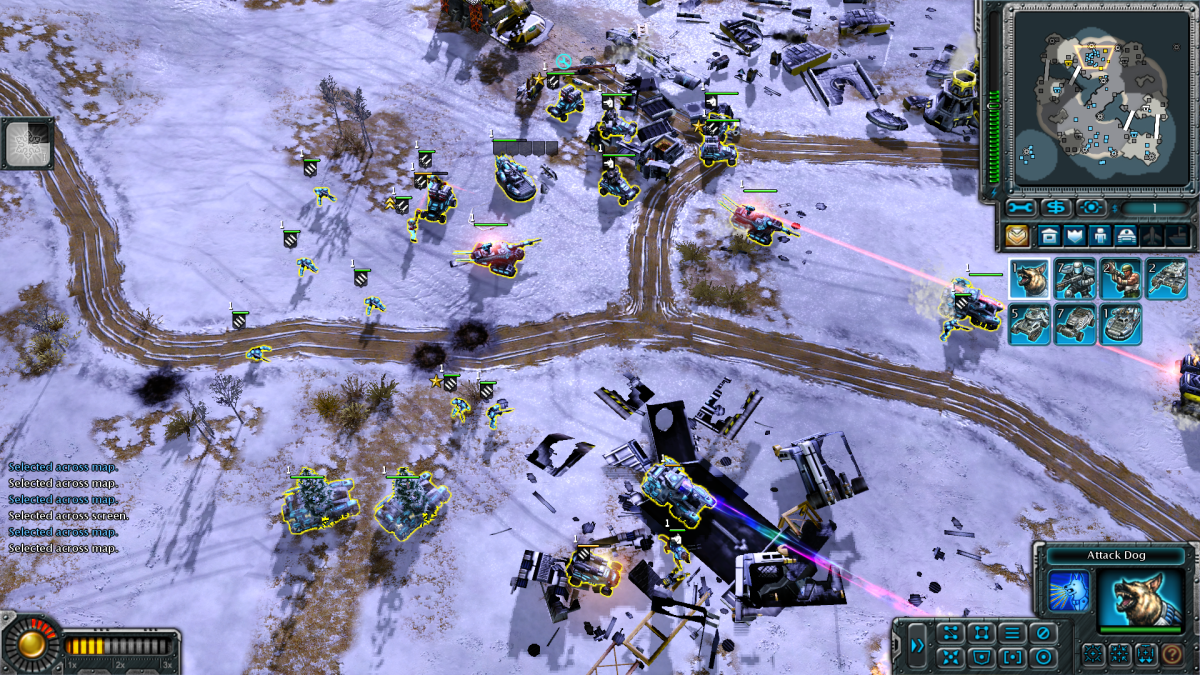
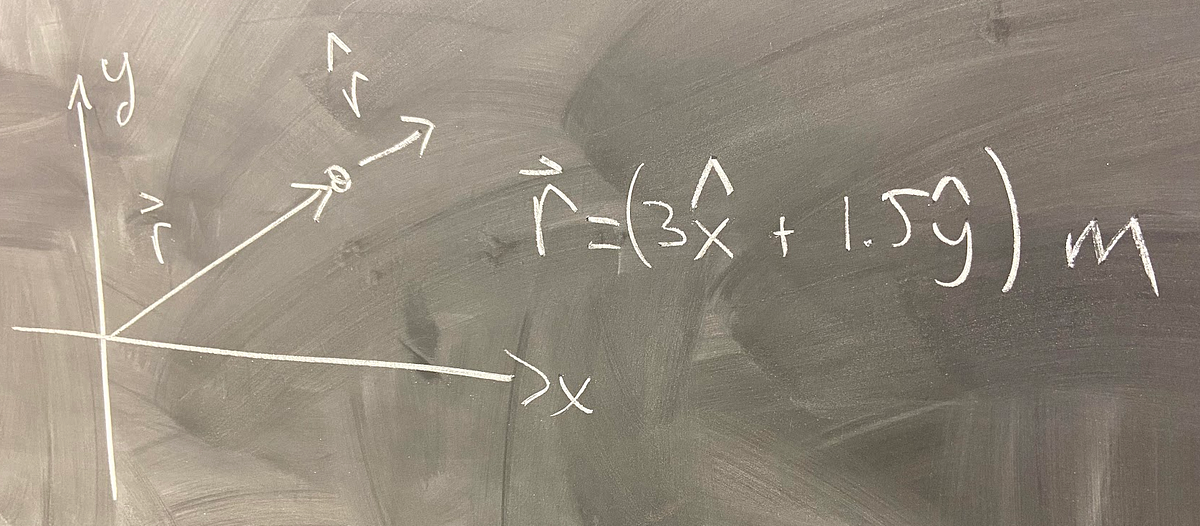


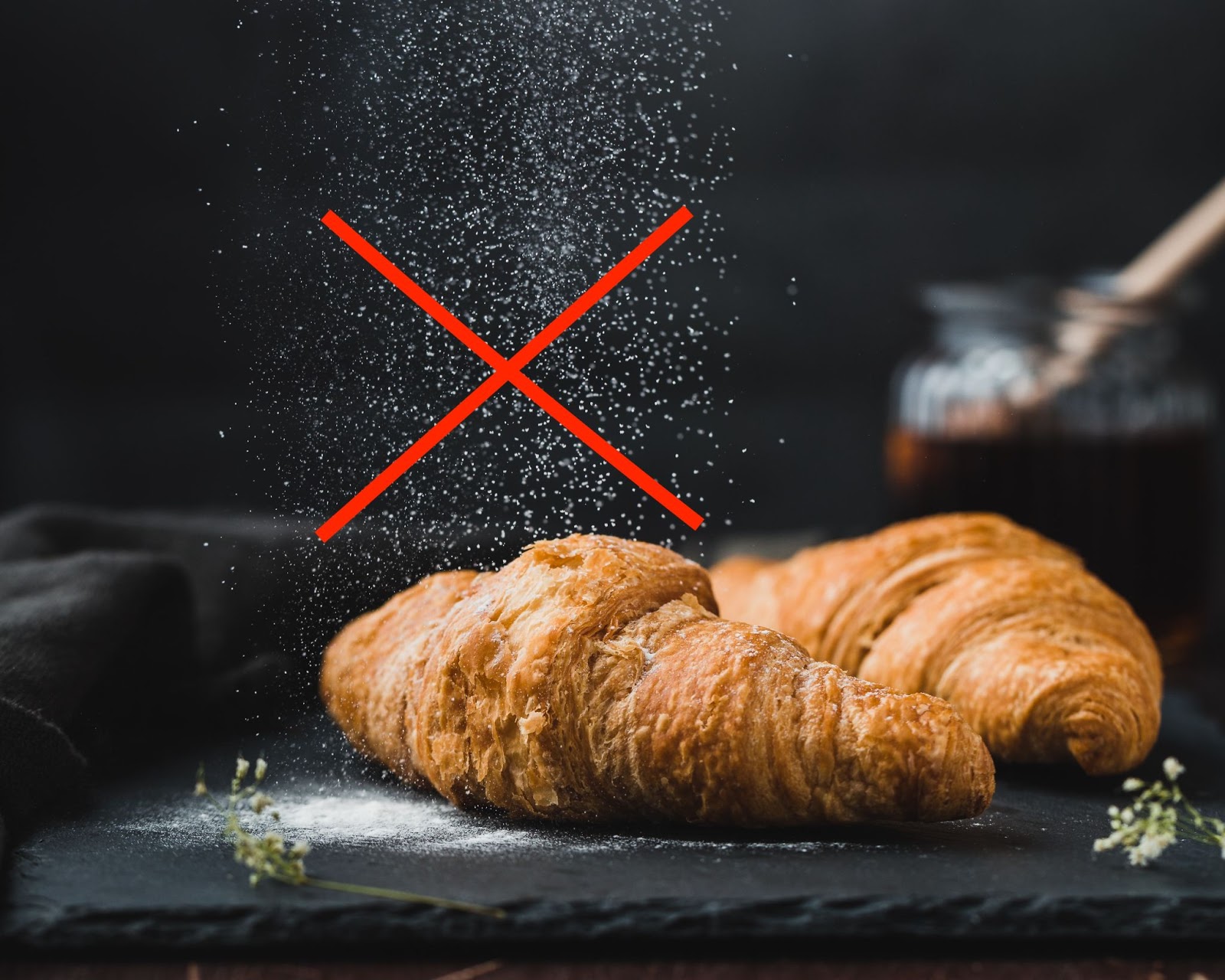

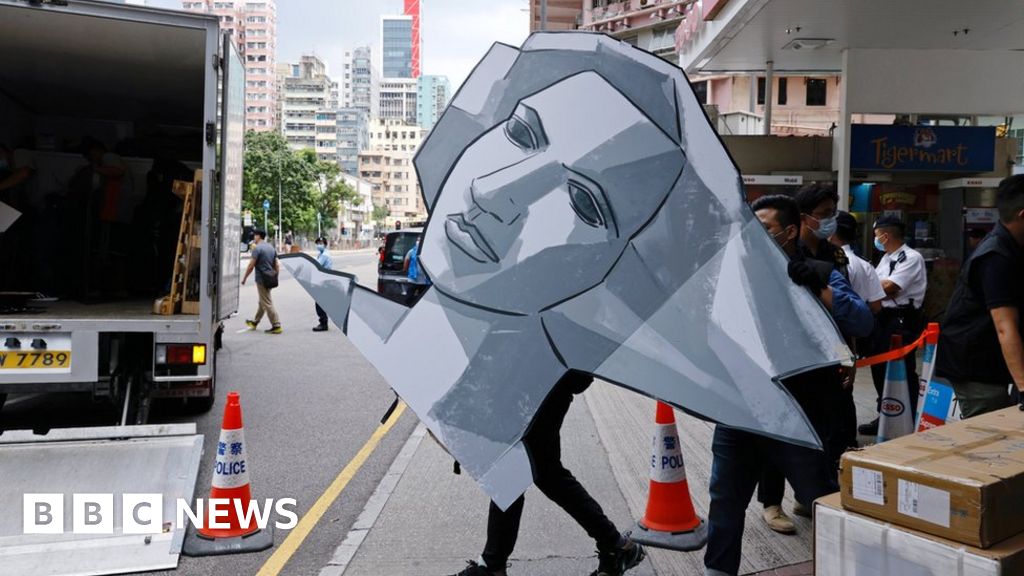

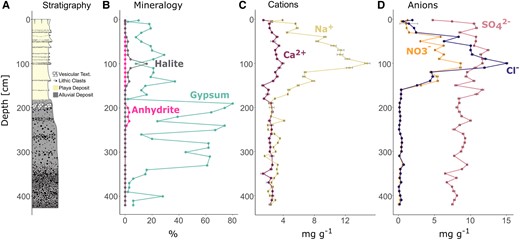
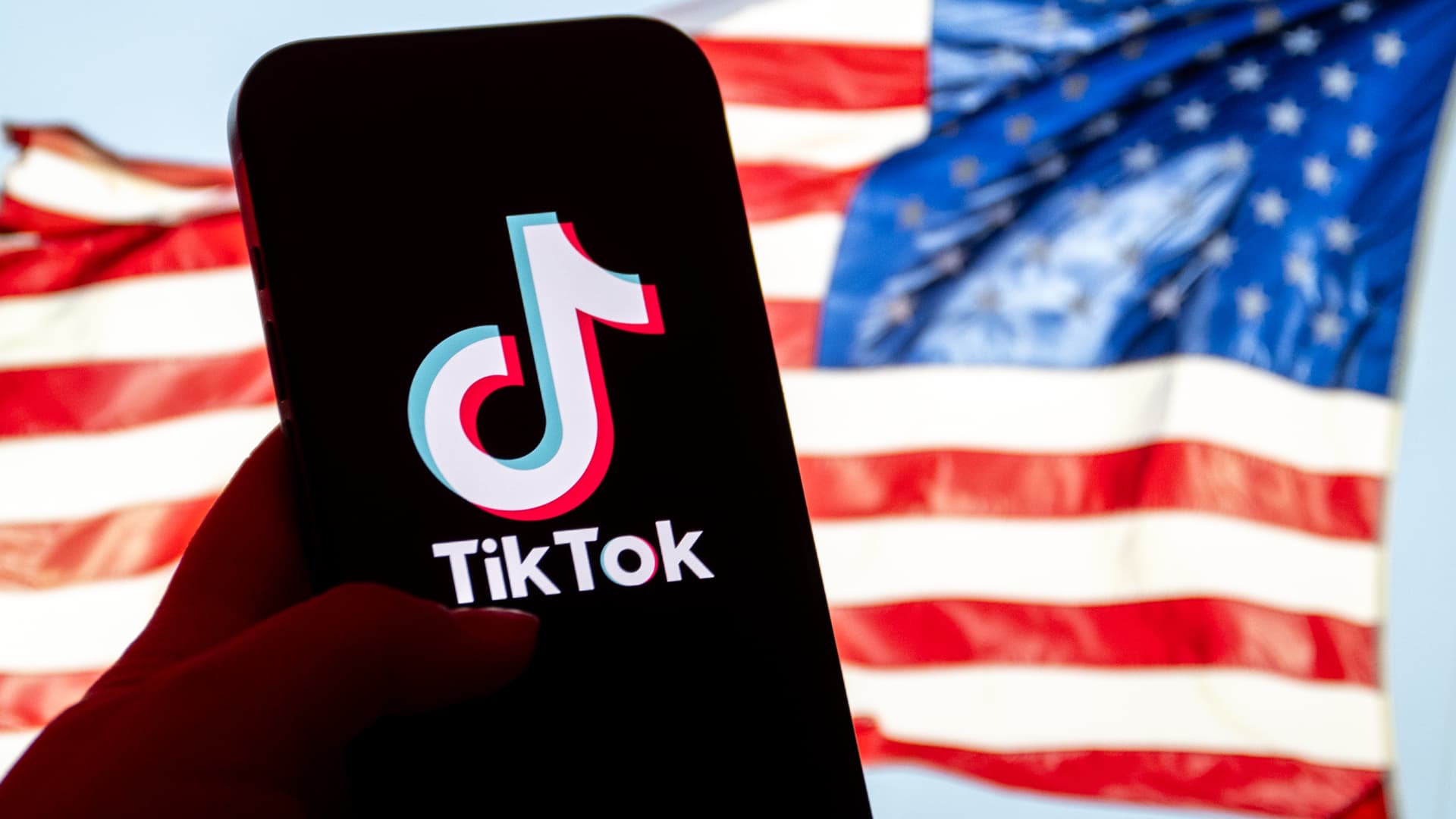
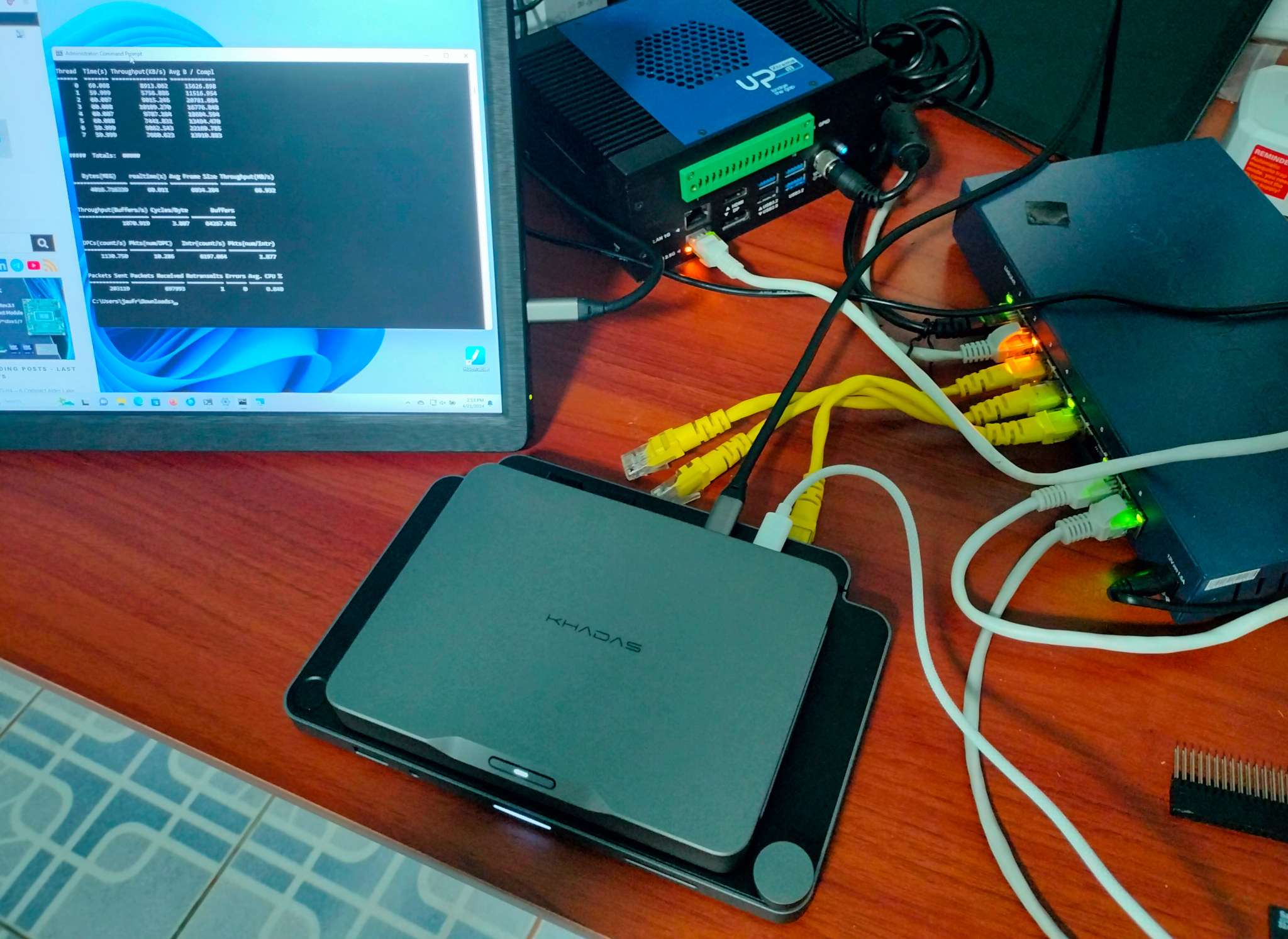


/https%3A%2F%2Ftf-cmsv2-smithsonianmag-media.s3.amazonaws.com%2Ffiler_public%2F32%2F0f%2F320fc4f6-5959-490f-b1f4-a2ac651f394f%2Fgettyimages-128275051.jpeg)
